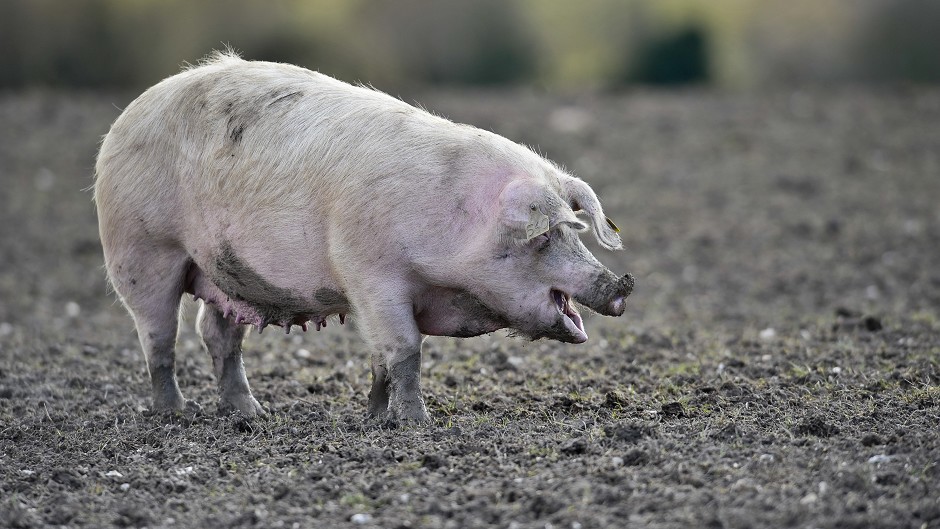The deadly strain of Porcine Epidemic Diarrhoea virus (PEDv) could have spread to Europe on contaminated feed bags, according to scientists.
Researchers looking into how the virus first spread from China to the United States have identified that the strain can survive for weeks on feed bags and in feed.
And while they couldn’t pinpoint exactly how it entered the US, the most likely source was bulk bags used to transfer pig feed, pet treats and soybeans.
“While the virus could have come from a number of sources such as contaminated feed supplements, semen, lorries or people, we think it’s most likely that the virus came from feed bags,” said Andrea Ladinig, doctor of veterinary medicine at University of Veterinary Medicine in Vienna.
“These bags are designed to be reused, but there is no protocol for cleaning or disinfecting them.”
Speaking at the Herning Pig Congress in Denmark, Dr Ladinig said the virus’ ability to live outside an infected pig made it vital pig producers in Europe ensured they had strict biosecurity measures in place.
She said scientists had found the virus could survive for a week in faeces, room temperature water and dry feed, and up to four weeks in wet feed.
In certain feeds the virus was able to live even longer, with the live virus surviving up to six months in soybean meal.
“This could certainly explain how the disease has spread from China and the US to Europe,” Dr Ladinig said.
“The strains of the virus identified in Europe are more or less identical to the US strain, suggesting it either came from there or China.”
Dr Ladinig said the disease had so far been confirmed in Germany, the Netherlands and Belgium, while further unconfirmed cases had been reported in Austria, Spain, Estonia and Romania. Eastern Europe was a further potential risk area as disease reporting was limited, she added.
With no definite answer on how the virus was crossing borders, it was important farmers in Scotland did not dismiss the risks of it reaching the UK.
“Everyone said the virus wouldn’t get to the US, but it has. Somehow it crosses countries, so we can’t say the risk to the UK isn’t there,” she said.
“Feed bags are the likeliest culprit, but feed or feed ingredients could also be a risk. Some feed minerals come from China, such as amino acids, but as there’s no other source for these things farmers don’t have a choice.
“When you don’t know how it’s entering a country, it’s vital to protect yourself. That means making sure your biosecurity measures are in place and thinking about what you do with inputs that are brought onto the farm.”
